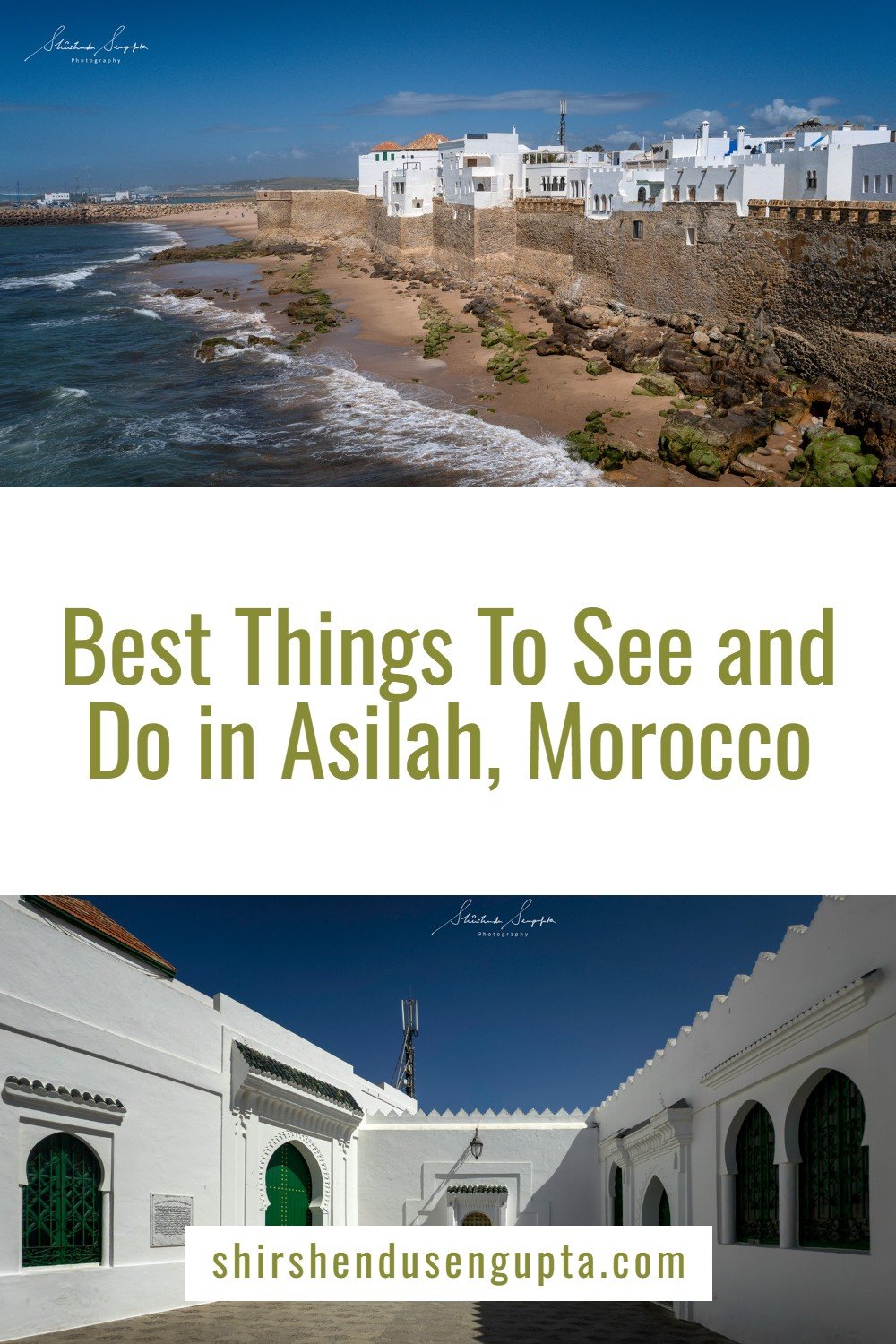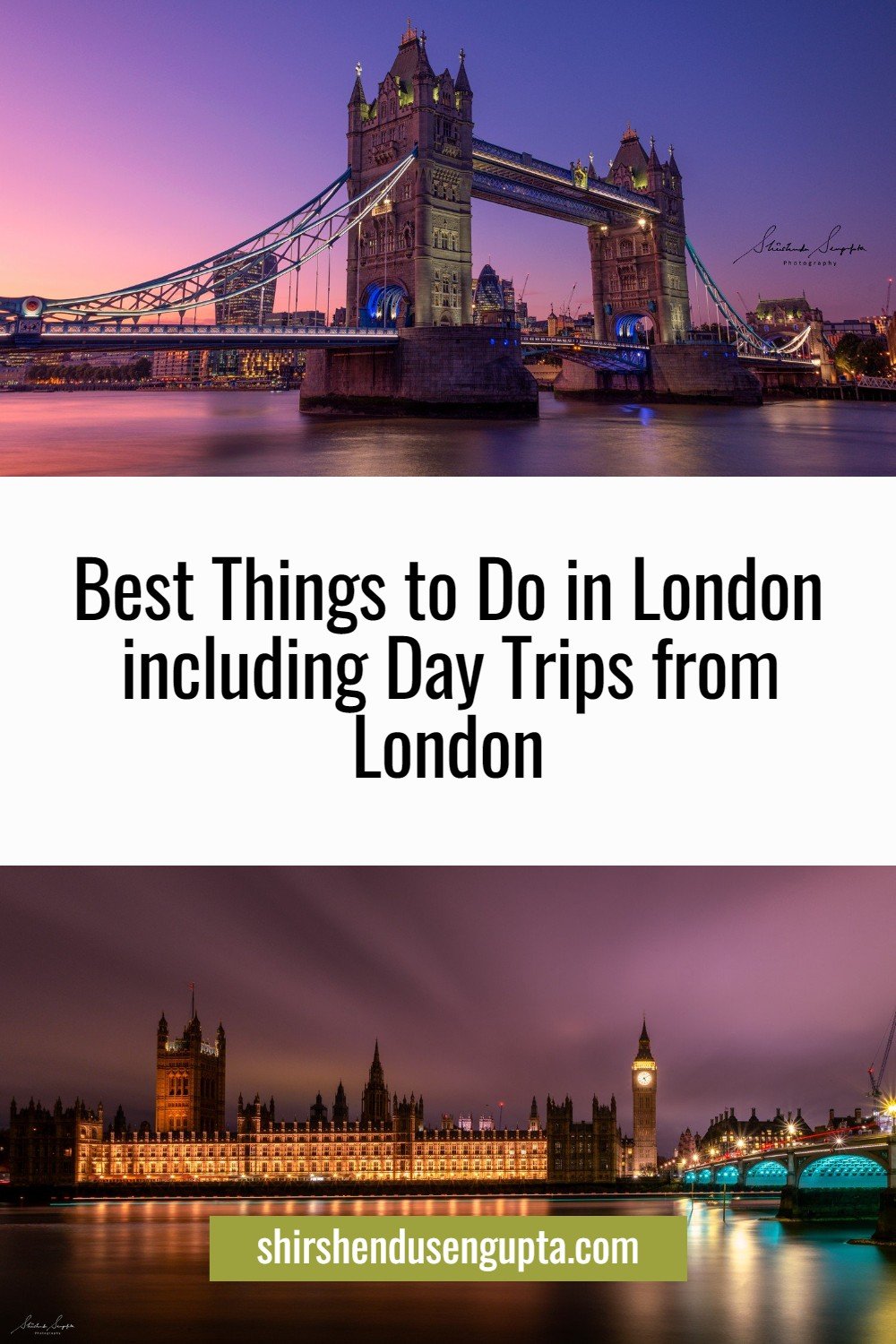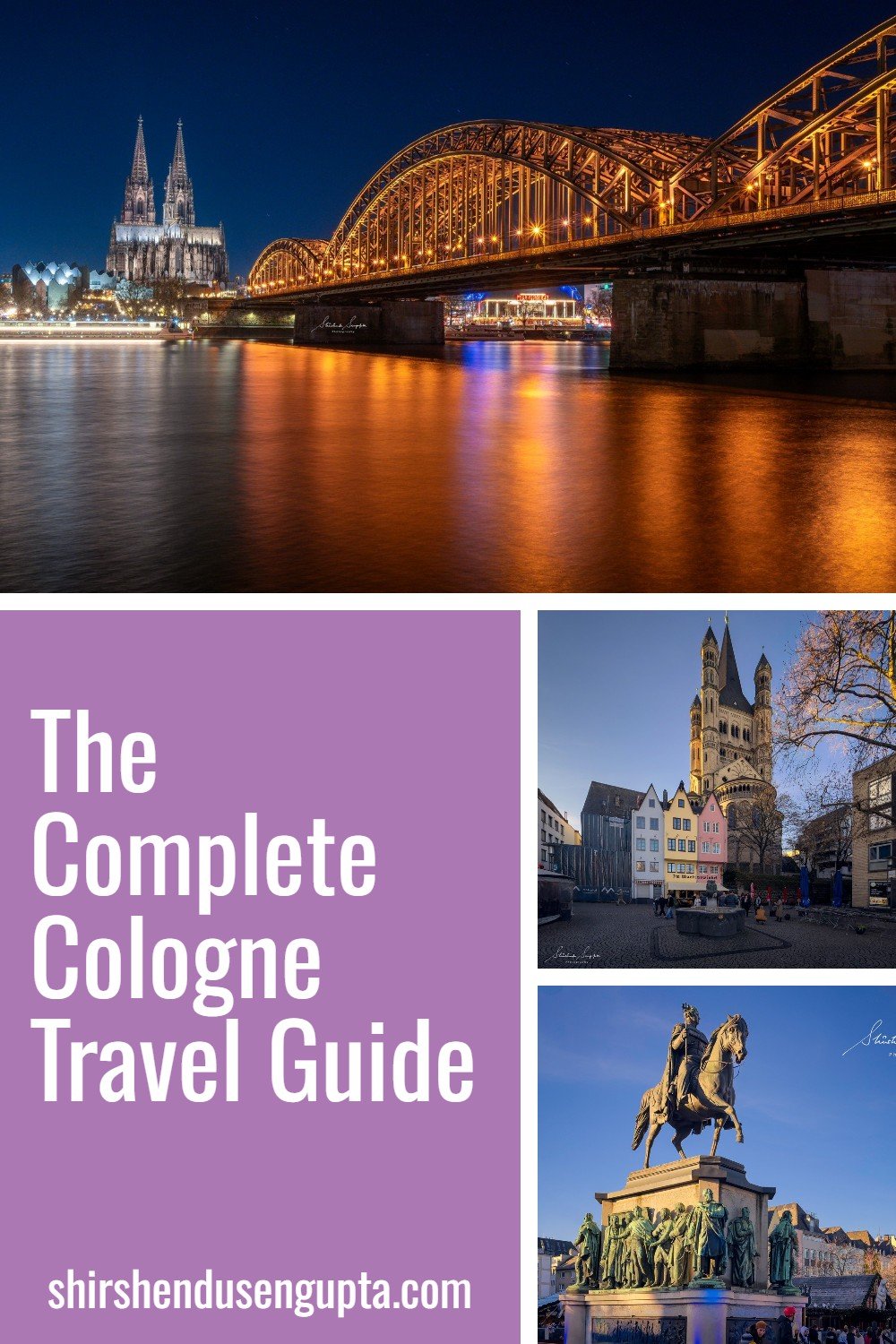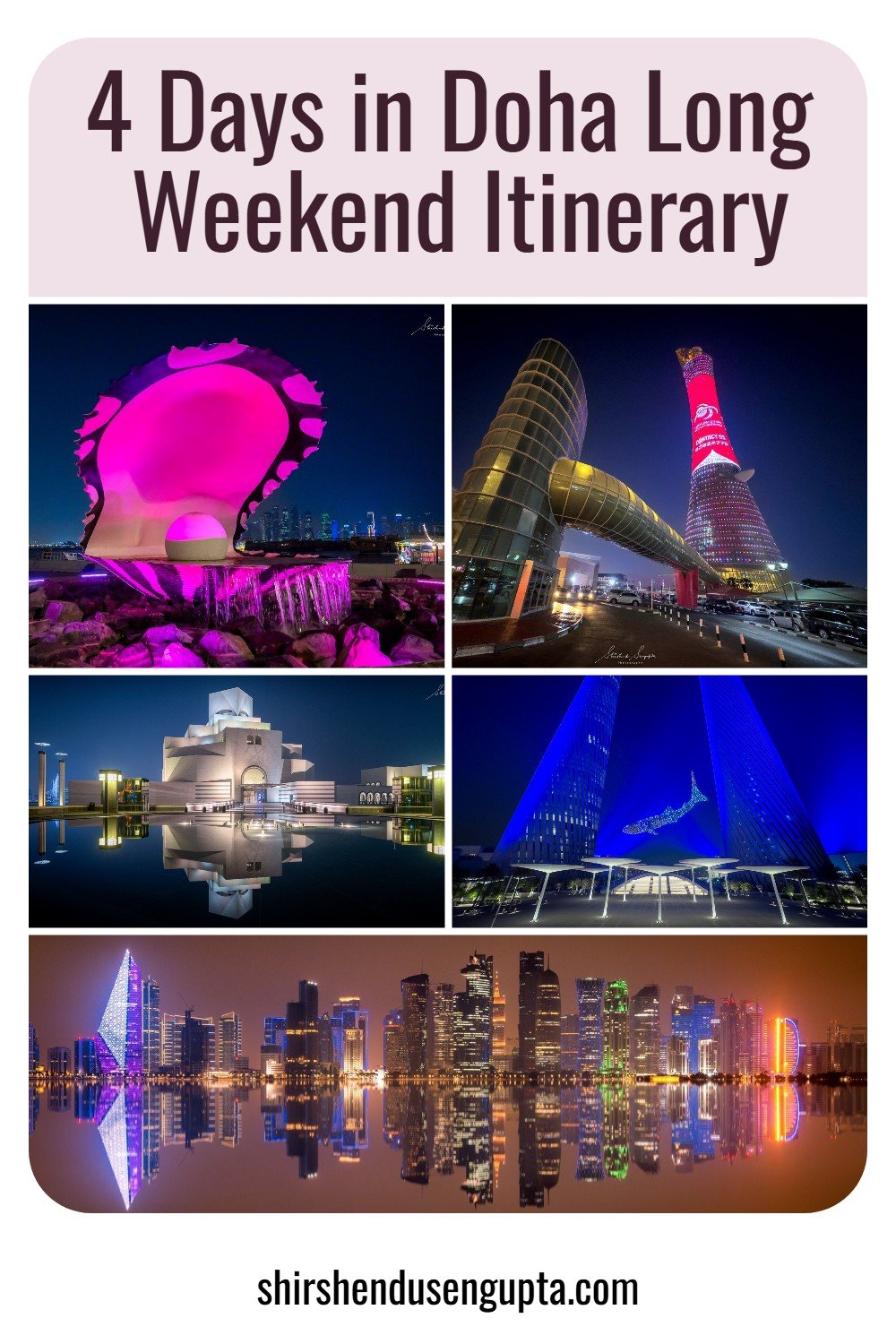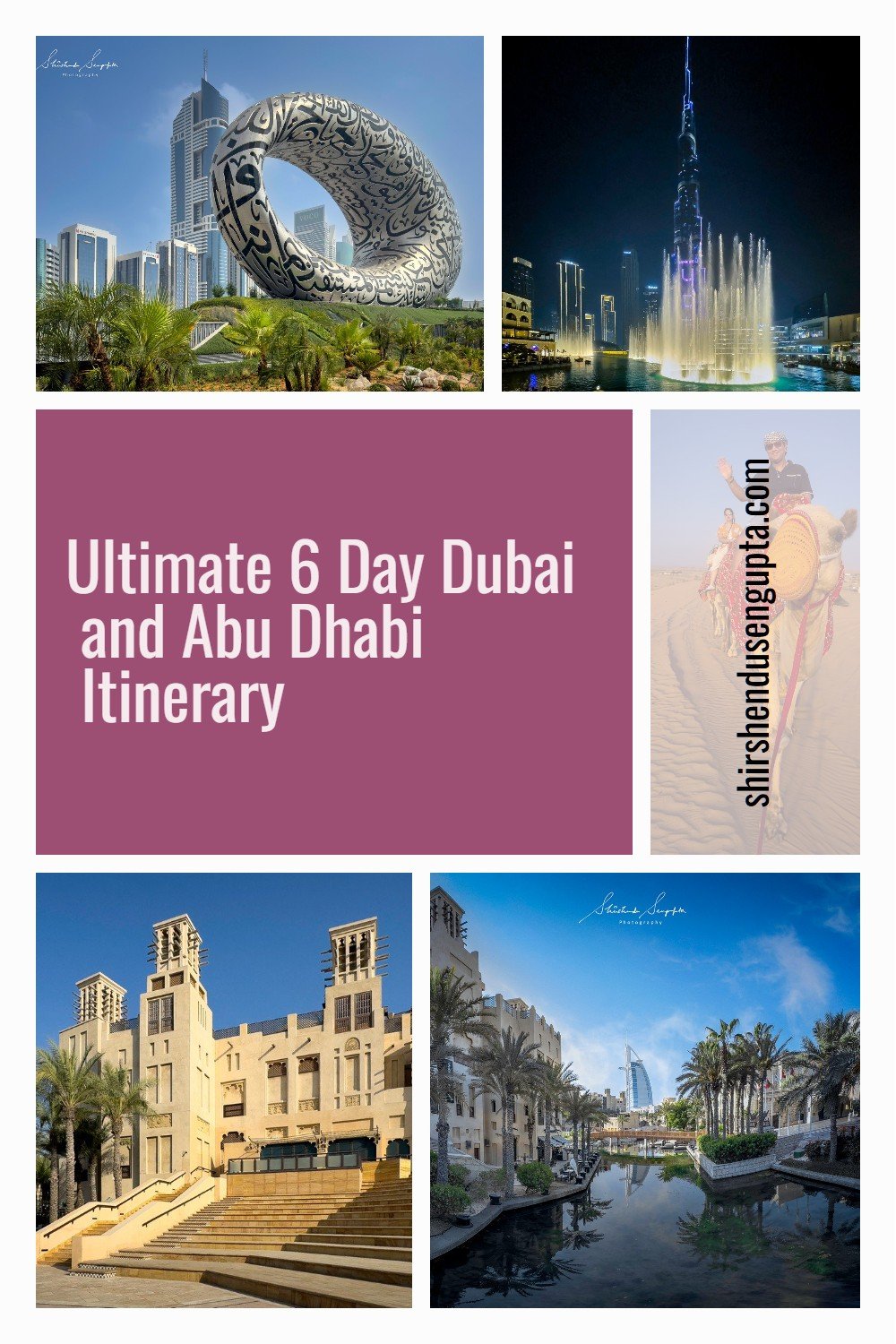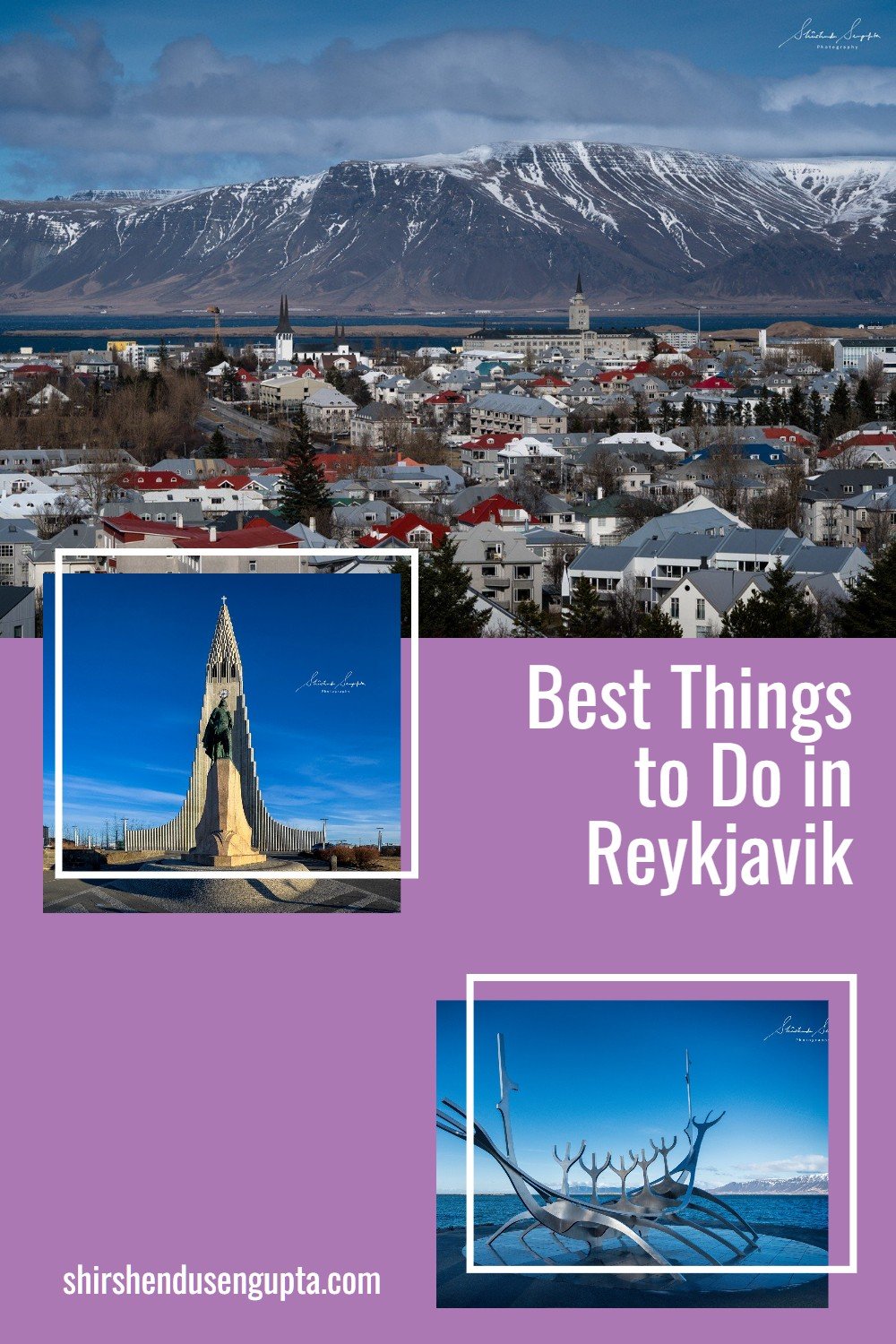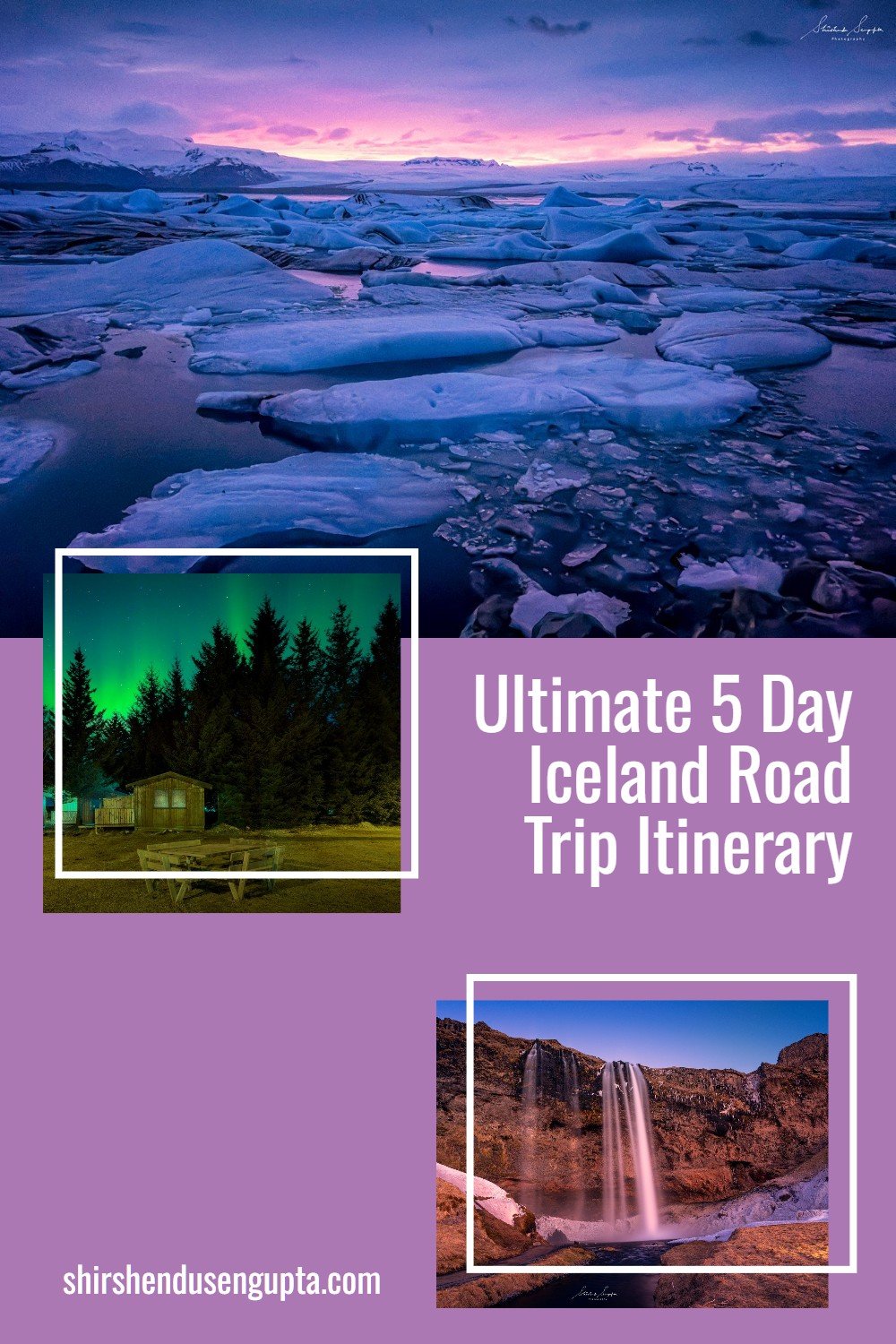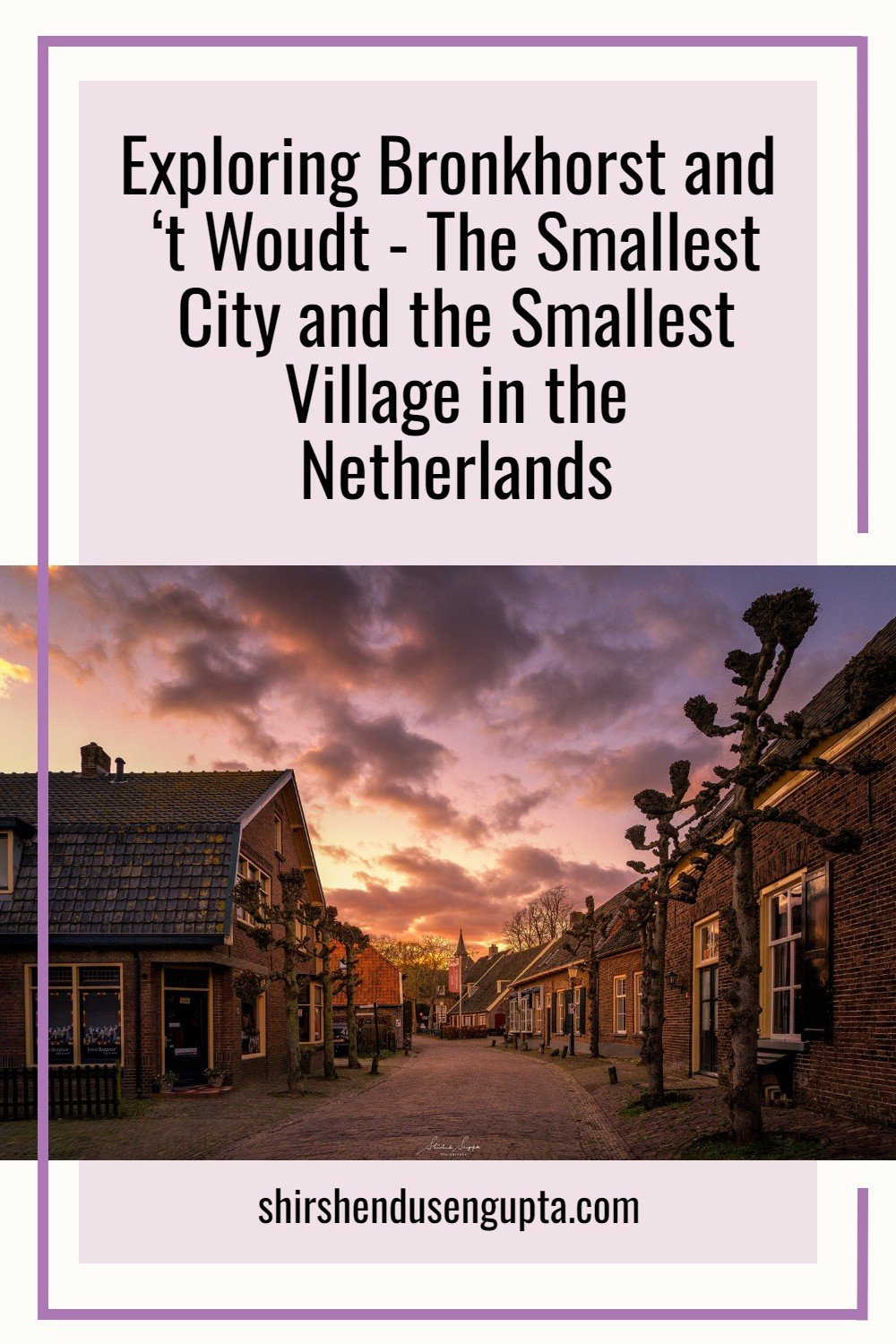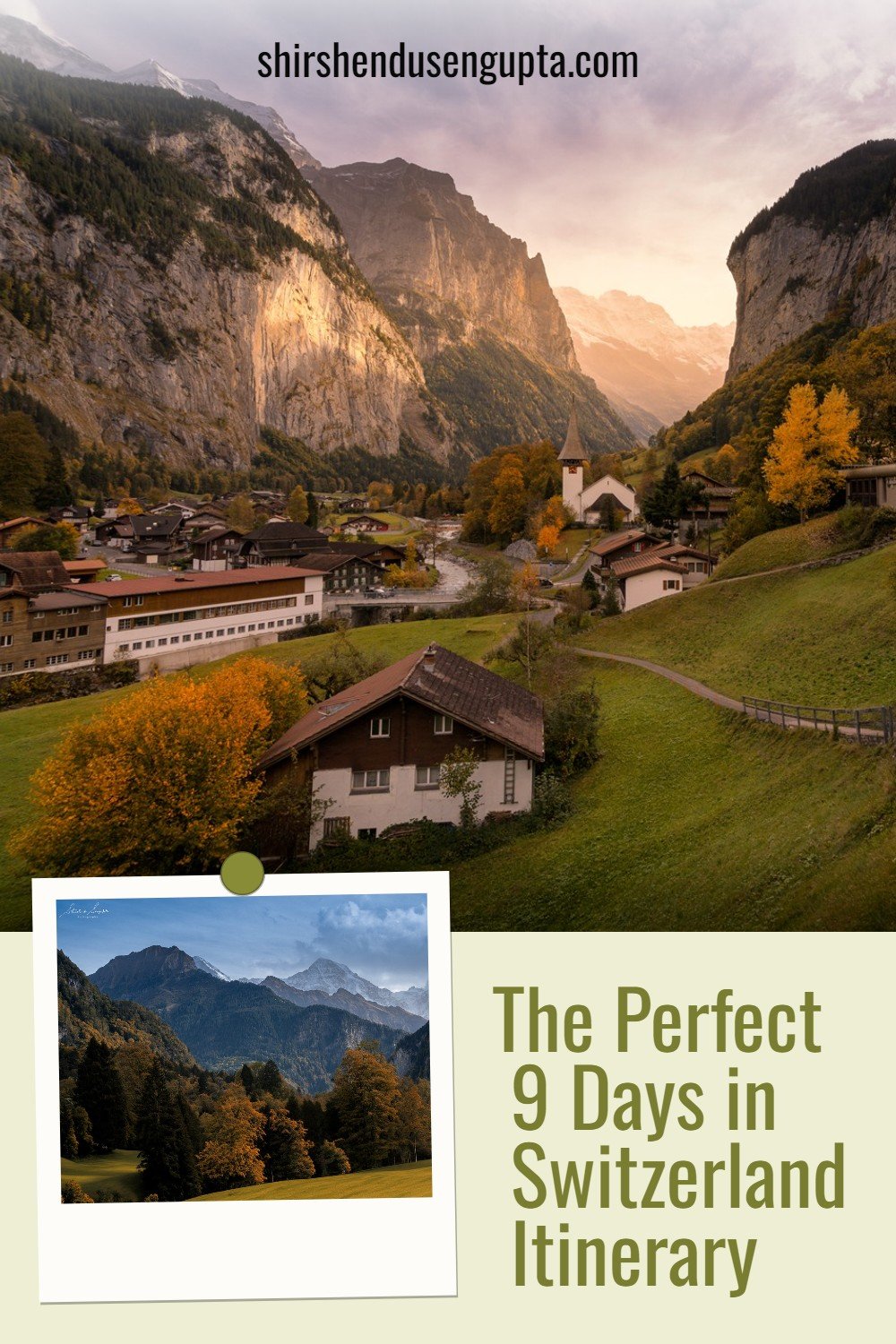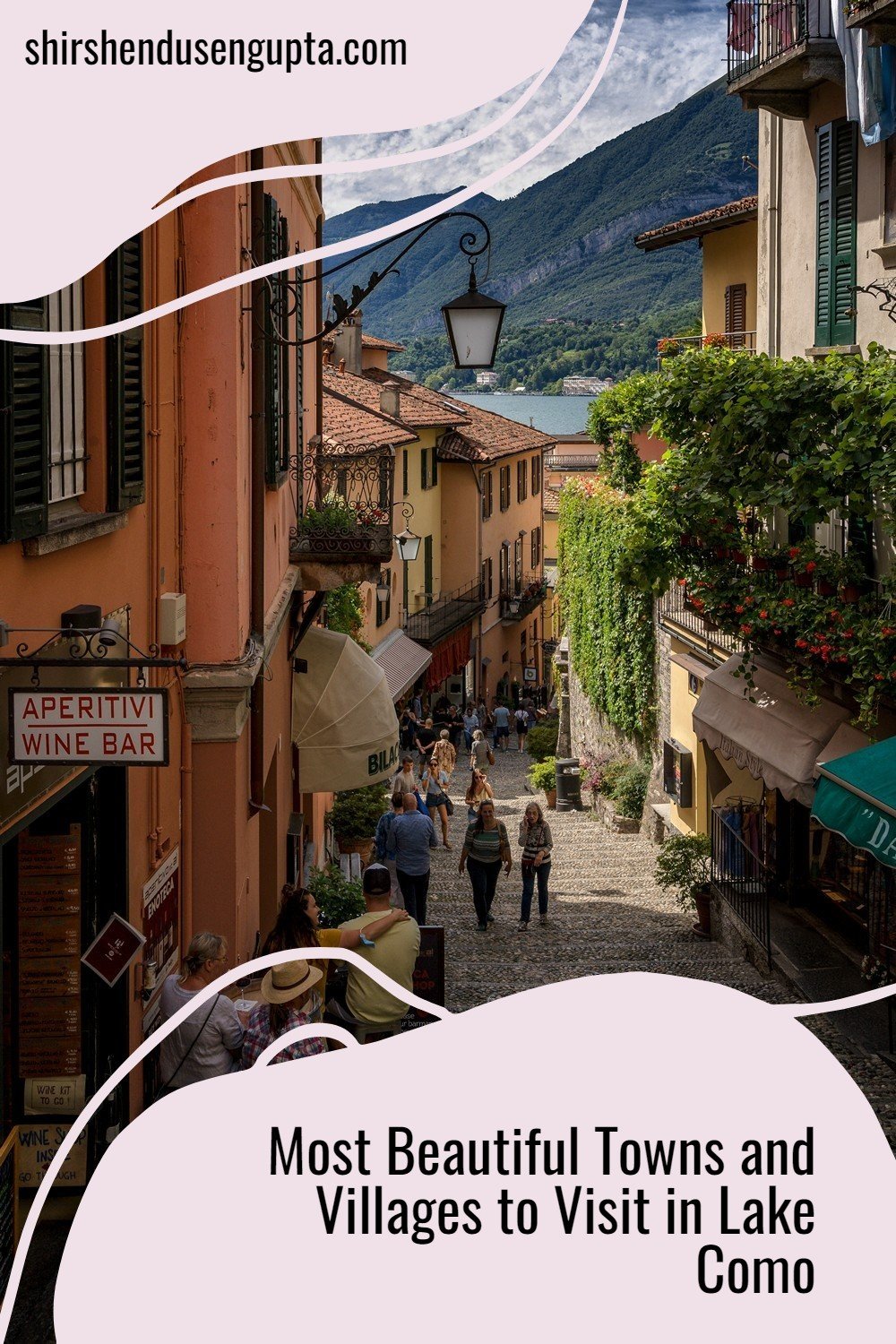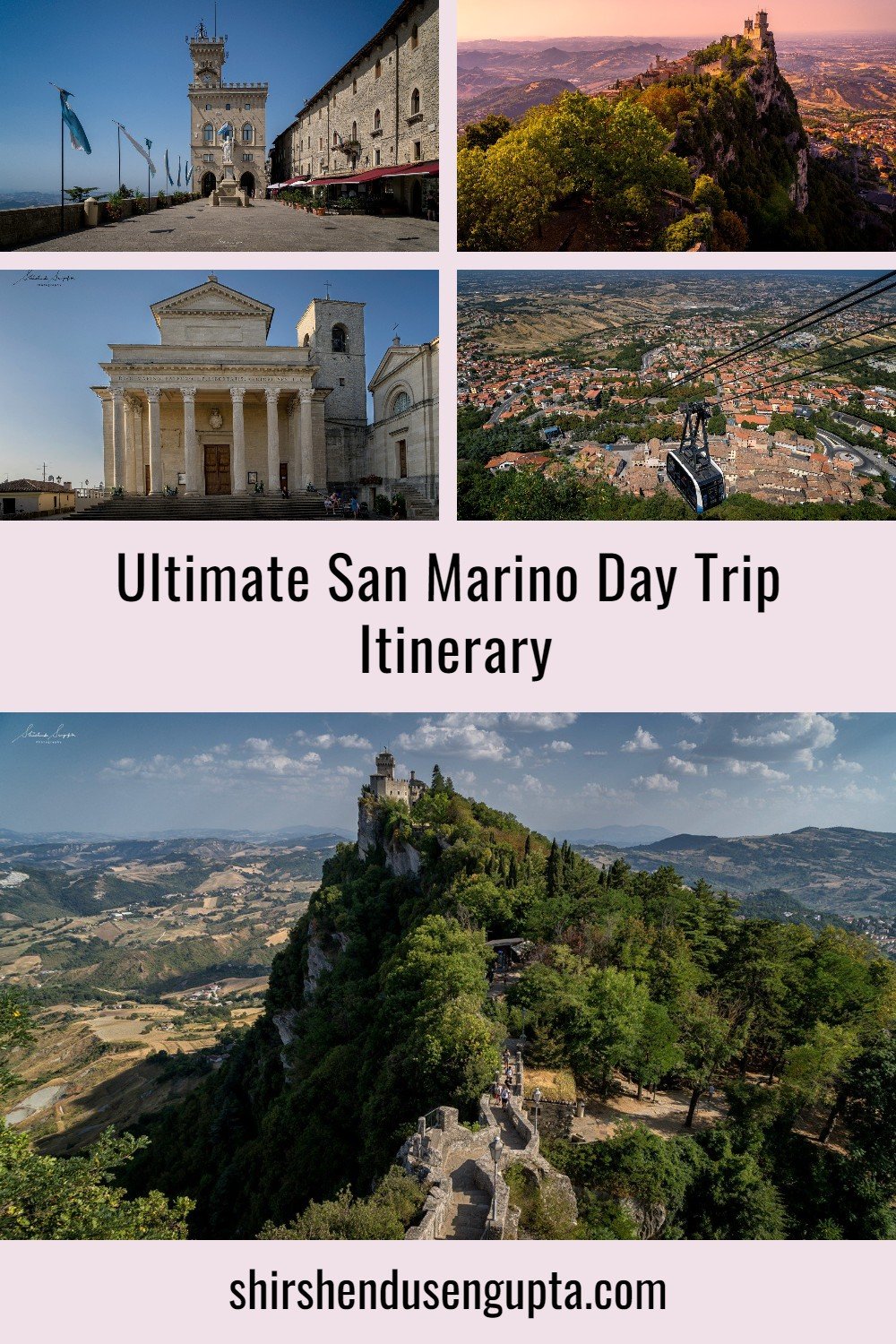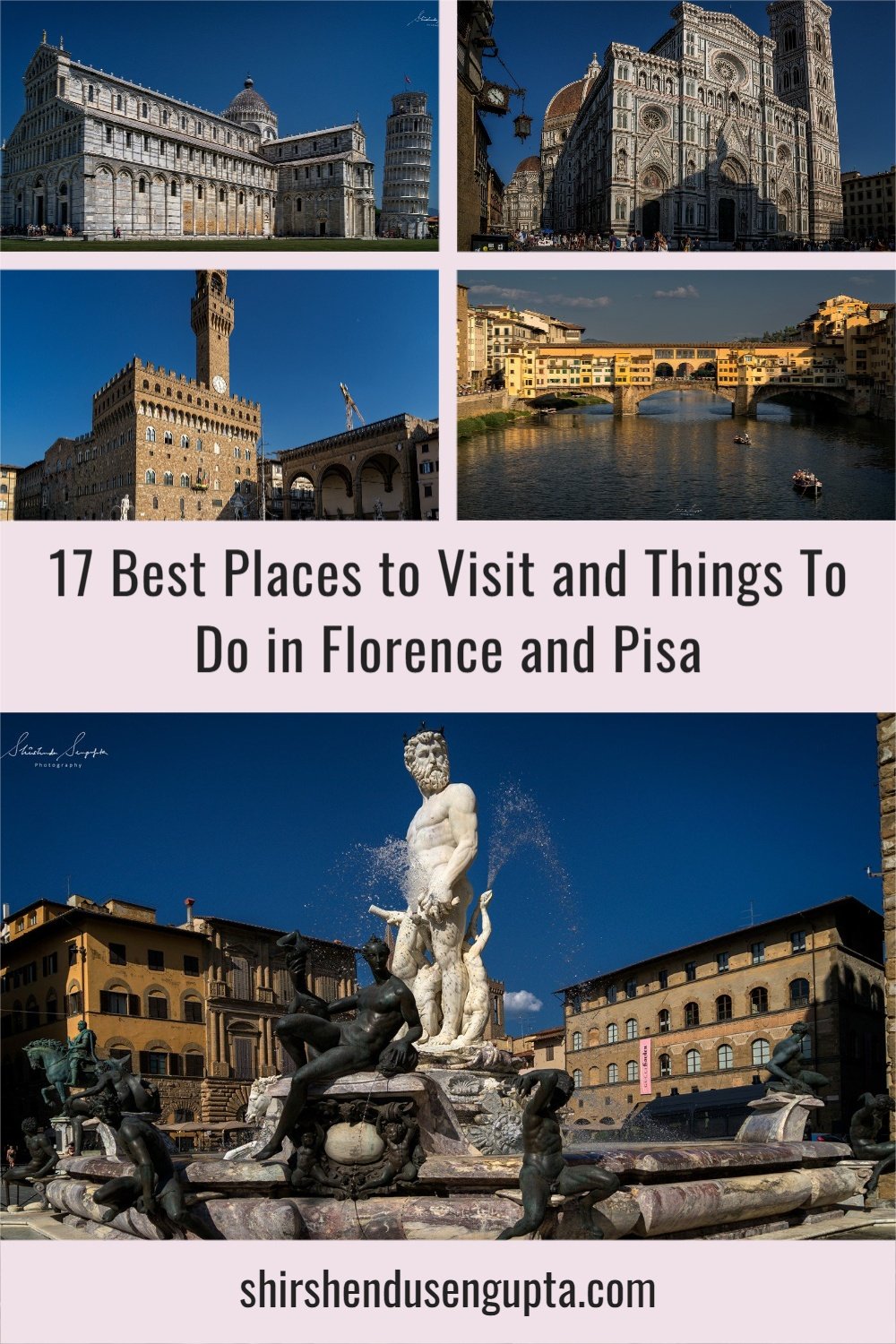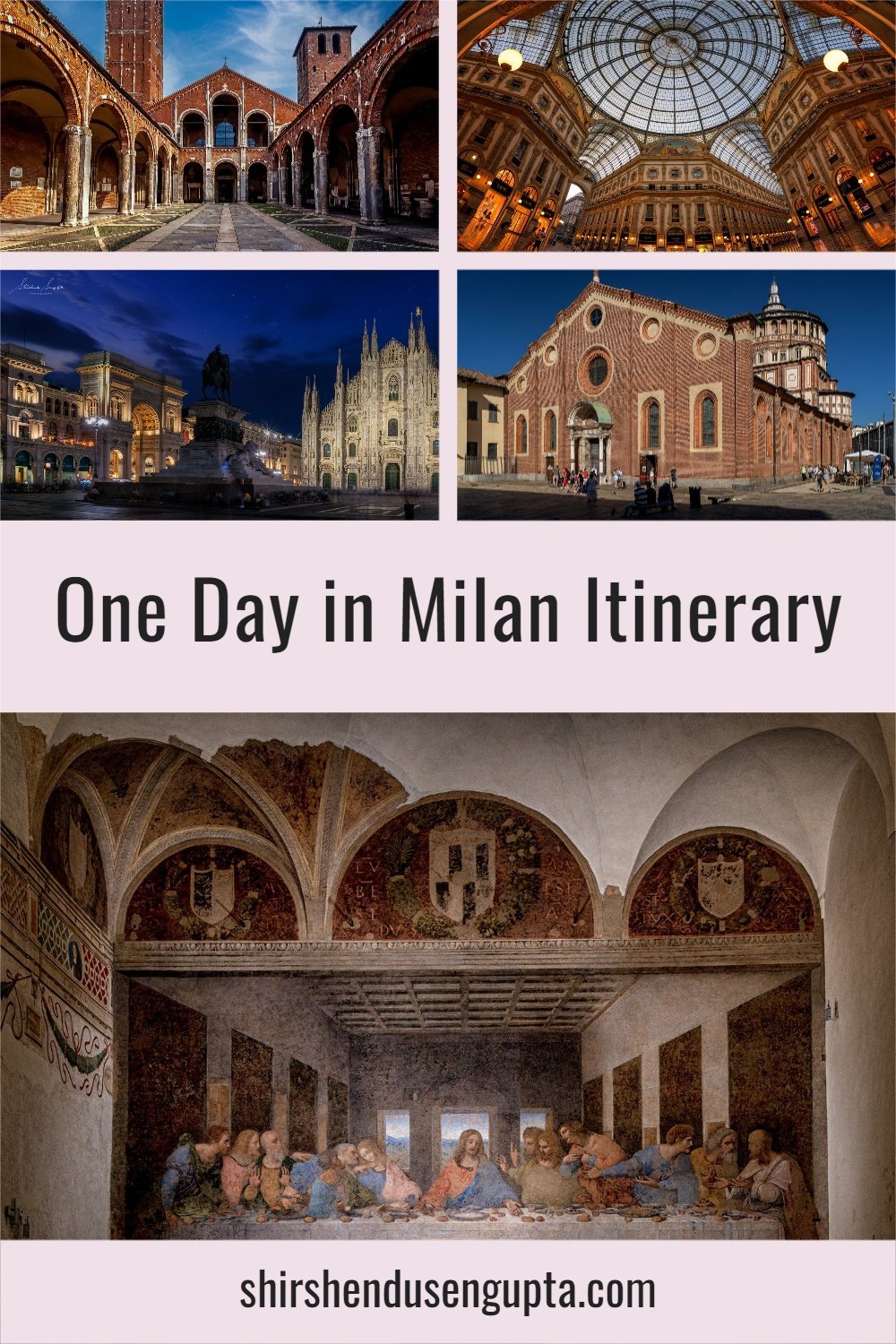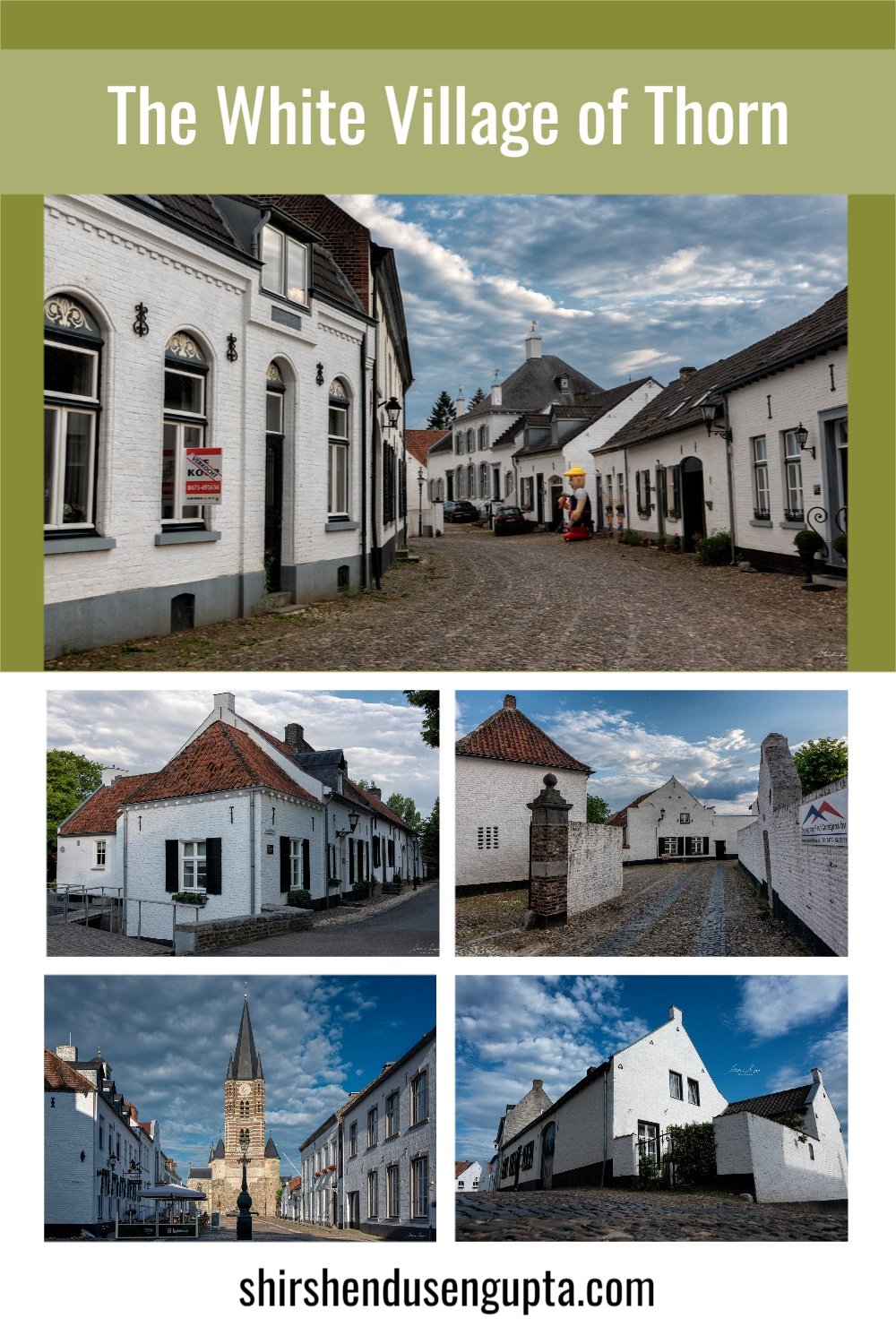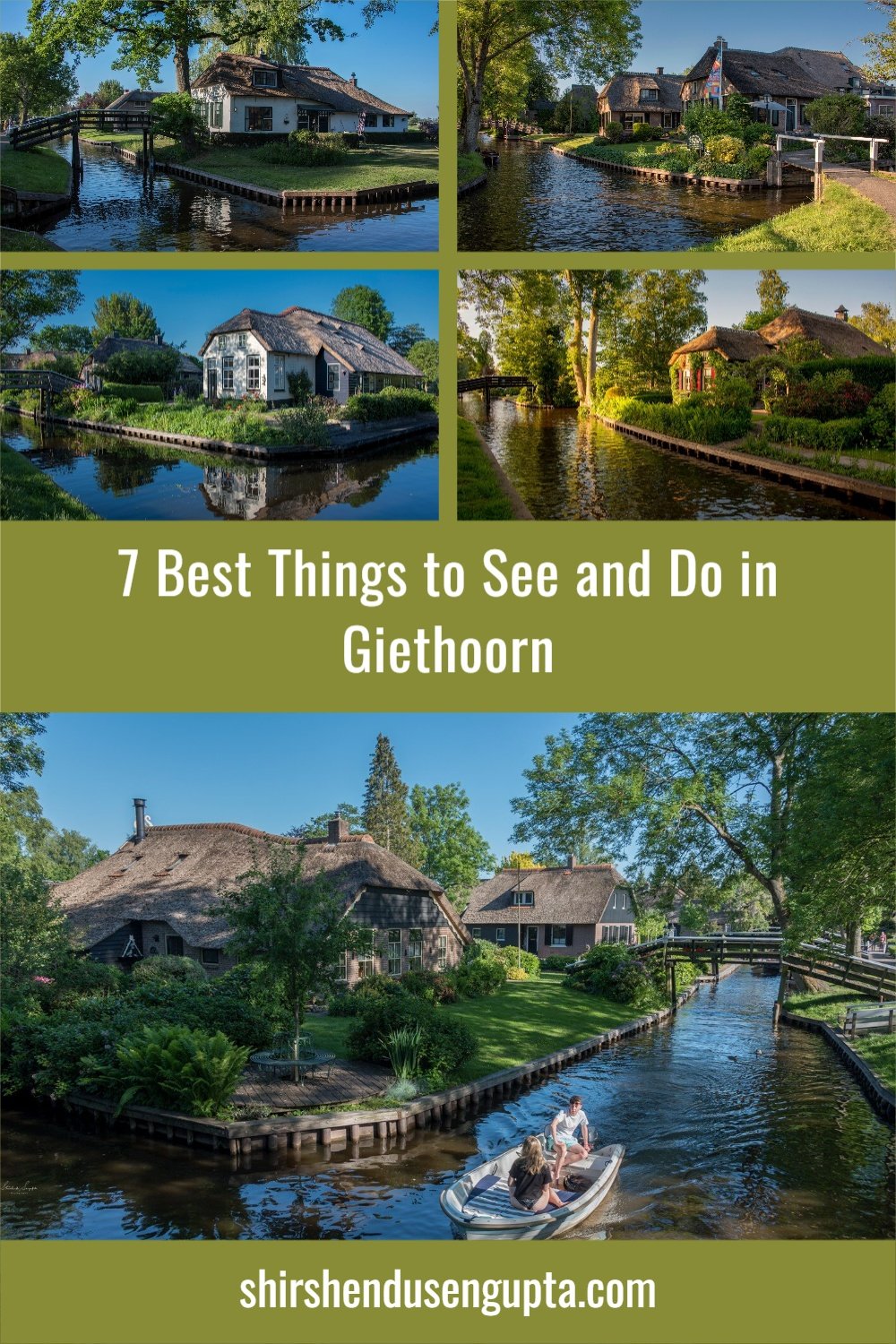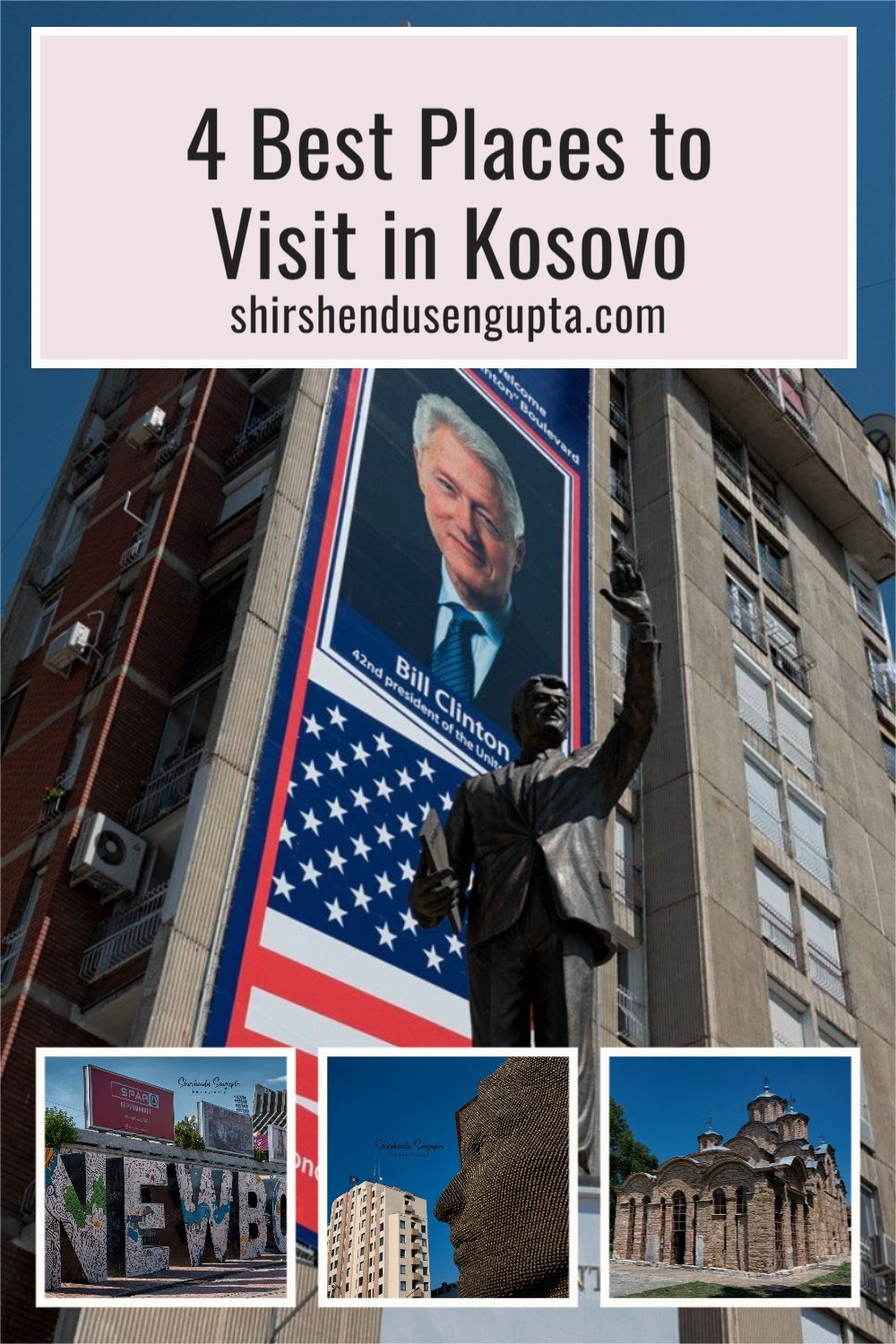Perfect 1-Day Itinerary for Asilah | 13 Best Things To See and Do in Asilah on a Day Trip from Tangier, Morocco
Prologue
During a memorable Easter, we set out on an epic adventure, ‘Where Europe Meets Africa | 7000 km Road Trip from the Netherlands to Morocco through Wine Roads, Holy Sites, and Clifftop Towns of France, Spain, and Gibraltar | Itinerary, Tips, and Tricks’ (blog article coming soon). What started as a casual idea soon unfolded into one of the most memorable experiences of our lifetime. Along the way, we wandered through medieval villages, sipped wine in quiet French vineyards, stood in awe at ancient cathedrals and abbeys, drove along coastal cliffs, and watched the cultures of Europe slowly melt into the soulful rhythms of Morocco.
Amid this incredible journey, nestled along the windswept Atlantic coast of northern Morocco, we found Asilah, a town of whitewashed walls, colorful murals, sea-battered ramparts, and the soft echo of poetry in the air. Its medina felt like a living canvas, blending history, art, and tranquility in a way few places can. So, based on our experience, today I’m going to take you along with me on a ride across the 13 best things to see and do in Asilah. Let the journey begin!
Welcome to Morocco
Morocco is a land where vivid colors, ancient traditions, and diverse cultures converge, from the sweeping sands of the Sahara to the cool, windswept shores of the Atlantic and Mediterranean. Berber, Arab, and European influences shape its identity, leaving behind a rich heritage etched into its architecture, cuisine, and way of life. In Northern Morocco, the spirit of Moorish grandeur meets the charm of the Mediterranean coast. Walled medinas and cobbled streets tell tales of centuries past, while the sea breeze whispers stories of merchants, pirates, and painters.
Among the gems that dot this landscape is Asilah, a serene coastal town draped in white and blue. With its Portuguese ramparts, vibrant murals, and timeless atmosphere, Asilah feels like a living canvas that celebrates both its rich past and creative present. It may be small in size, but Asilah captivates with its fusion of history, art, and seaside beauty. Whether you're wandering through its quiet medina or gazing out over the Atlantic from its ancient walls, Asilah invites you to slow down, soak in its magic, and experience Morocco through a more tranquil lens.
About Asilah
Tucked along Morocco’s Atlantic coast, Asilah is a town where history, art, and the sea meet in poetic harmony. Its whitewashed walls, accented by bright blue doors and colorful murals, make it one of the most photogenic towns in the country. Originally settled by the Phoenicians as early as 1500 BCE, Asilah has seen a parade of rulers, namely Romans, Idrisids, Portuguese, and Spaniards, each leaving behind a unique architectural and cultural footprint. The Portuguese built the city’s ramparts in the 15th century, parts of which still encircle the medina today. In the 20th century, Moroccan authorities restored the medina, making it one of the cleanest and best-preserved in the country.
But Asilah is not just about history. It’s a thriving hub of creativity, especially known for its annual Cultural Moussem Festival, where local and international artists paint murals across medina walls, giving the town a fresh look each year. With its laid-back pace, friendly locals, pristine beaches, and vibrant artistic spirit, Asilah offers a perfect escape from the bustle of Tangier. Whether you're here for a day or a weekend, you'll leave feeling refreshed, inspired, and filled with coastal serenity.
13 Best Things To See and Do in Asilah
1. Enter Asilah’s Old Medina through Bab el Houmar
Start your journey at Bab el Houmar, the main entrance to Asilah’s old medina. This fortified gate, part of the Portuguese ramparts built in the 15th century, offers the perfect first impression of the town’s rich history. The name “Houmar” refers to the reddish tint of the surrounding sandstone, and as you walk through the arched gate, you transition from modern Asilah into a world frozen in time. The walls enclosing the medina stand as silent witnesses to centuries of trade, conflict, and artistic rebirth.
From Bab el Houmar, step into the narrow alleyways where white walls shimmer in the Atlantic light, accented by colorful shutters, window grilles, and mosaic doorframes. You’ll pass cats lounging in courtyards, vendors selling hand-painted ceramics, and the occasional artist repainting a mural on a crisp wall. This is a great place to begin your photo walk, less crowded in the morning and bathed in soft light. Follow the curve of the walls and you’ll soon find yourself at one of Asilah’s most breathtaking sites, the Krikia Viewpoint, a natural amphitheater over the ocean where waves crash against centuries-old stone. The medina unfolds like a storybook from here, and your day has only just begun.
2. Get a Bird-Eye glimpse of the City Walls from Krikia Viewpoint
Just a short stroll from Bab el Houmar, Krikia Viewpoint offers one of the most dramatic seafront panoramas in all of northern Morocco. Built atop the Portuguese ramparts, this rounded bastion looks out over the Atlantic Ocean and serves as a favorite spot for both locals and visitors to catch the breeze, watch the waves crash below, or photograph the fiery colors of sunset. Its name, "Krikia," is derived from a local dialect, referring to the circular shape of the lookout point.
Historically, this bastion was a strategic lookout, providing coastal surveillance during the time of Portuguese and later Spanish occupations. Today, it’s a peaceful open-air platform framed by cannons and stone benches, where street musicians sometimes play traditional Andalusian melodies and young couples gather in the golden hour. Artists often set up their easels here, painting scenes of the ever-changing sky and sea.
From here, you can see how the medina walls hug the coastline; one side offers infinite ocean, while the other reveals a maze of painted doors and bougainvillea. It’s also a great place to pause and take in Asilah’s slower rhythm before heading deeper into the Medina, whose quiet lanes and open courtyards hold both historic and artistic treasures.
3. Explore the Old Medina
Asilah’s medina is one of the most beautifully restored and pristinely maintained old towns in Morocco. Enclosed by robust ramparts dating back to the 15th-century Portuguese occupation, the medina is a tranquil labyrinth of narrow cobbled lanes, whitewashed homes, and ever-changing street art. Unlike the bustling souks of Fes or Marrakech, Asilah’s medina has a calm, breezy, and uncrowded charm, making it ideal for relaxed exploration and photography.
What sets this medina apart is its artistic identity. Since the late 1970s, the International Cultural Moussem of Asilah, a global arts festival held in Asilah, has transformed the medina into an open-air gallery. Every year, muralists repaint the walls, turning the streets into a canvas where vibrant colors and global themes blend with traditional motifs. Some murals are whimsical, others political, but all contribute to a cityscape that feels alive and expressive.
As you wander, don’t miss the artisan shops selling handwoven baskets, painted tiles, and jewelry. Many doorways are adorned with intricate carvings and traditional zellige tiles, offering perfect framing for portraits or travel photography. Let your path wind naturally; it’s hard to get lost, and you’ll eventually find yourself near the town’s cultural gem - the elegant Raissouni Palace, once home to Asilah’s most powerful figure.
4. Visit the Raissouni Palace
Tucked discreetly into the medina, Raissouni Palace (also known as the Cultural Palace of Asilah) is a stunning showcase of Moroccan-Andalusian architecture. Built in the early 20th century by Pasha Raissouni, a powerful local leader with complex political ties, the palace combines intricate cedarwood ceilings, delicate stucco work, tiled courtyards, and arched colonnades reminiscent of Alhambra’s elegance. Though relatively young compared to Morocco’s imperial palaces, it carries historical weight for the region. Today, it serves as a cultural center and art gallery, particularly during the summer Moussem Festival when it hosts exhibitions, poetry readings, and classical concerts. Entrance is often free, and photography is welcome in most areas.
Wander through its peaceful rooms and you’ll find yourself stepping back into an era of opulence, diplomacy, and rebellion. The cool air and echoing tiles provide a meditative break from the sunny alleys outside. Once done, proceed further to the local school of Asilah, the Sidi Mohammed Ali Marzouk School.
5. Walk past the Sidi Mohammed Ali Marzouk School
Sidi Mohammed Ali Marzouk School is a modest yet historically significant educational institution nestled within the medina of Asilah, Morocco. Named after a revered local figure, the secular modern public primary school (not a traditional Islamic madrasa) reflects the town’s enduring commitment to learning, tradition, and community heritage. While it may not appear in most tourist guidebooks, its presence is deeply felt among locals as a space where generations have been nurtured with knowledge, discipline, and a sense of civic pride.
The building itself blends seamlessly into Asilah’s iconic white-and-blue palette, with subtle architectural details that hint at its age and cultural relevance. Tucked along the winding alleys of the medina, it stands not just as a school but as a symbol of continuity, where modern education meets traditional values. The school often features murals and public art as part of Asilah’s cultural festivals, bridging creativity with academic pursuit.
For travelers interested in experiencing the authentic heartbeat of Moroccan towns, a quiet walk past Sidi Mohammed Ali Marzouk School offers a glimpse into the daily life of Asilah’s youth and a community's enduring dedication to education. It’s a reminder that behind every ornate doorway in Morocco lies a story of resilience, learning, and deep-rooted cultural identity. Once you have had a good look at the school, walk along the walls to reach Alqamra Tower, another Portuguese vestige offering panoramic views and insight into the town’s once-critical role as a coastal fortress guarding trade and territory.
6. Get a glimpse of the Alqamra Tower
Also known as Borj al-Hamra or the Red Tower, Alqamra Tower is the most iconic fortification within Asilah’s medina walls. Built during the 15th century by the Portuguese, the tower once served as a coastal watchpoint and defensive stronghold guarding against pirates and rival empires. Its reddish sandstone walls give it its local name — alqamra, meaning “reddish” in Arabic — and set it apart from the surrounding whitewashed buildings.
Climb to the top for sweeping views of the Atlantic Ocean and the medina rooftops. From here, the scale of Asilah’s maritime heritage truly unfolds; the town’s position on Morocco’s northwest tip once made it a strategic checkpoint along shipping routes between Europe and Africa. Today, its vantage points offer serenity and splendid light, especially at sunset when the ocean glows golden beneath the shadow of the tower.
You’ll often find local teenagers lounging here, sketching or playing music, blending past and present. As you descend, continue along the wall toward Bab al Bahar, a sea-facing gate that once opened directly onto the waves. It’s a short and scenic stroll that connects two historical guardians of Asilah, namely the Red Tower and the Sea Gate, bookending centuries of coastal defense in poetic symmetry.
7. Check out the Bab el Bahr
Next, make your way to Bab el Bahr, literally the “Gate of the Sea,” and one of the most picturesque spots along Asilah’s medina ramparts. Originally built by the Portuguese in the 15th century, the gate served as a key exit toward the ocean and fishing docks through which carts of fish and trade goods passed daily. Though now quiet, the gate still holds cultural memory in its stones. It connects the past to the present, just as the sea continues to connect Asilah to the world beyond. From here, wander deeper into the medina to discover the Grand Mosque, with its unique minaret, blending Islamic faith and Andalusian artistry in the town’s spiritual heart.
8. Visit the Grand Mosque
As you continue exploring the medina, you’ll come upon the Grand Mosque of Asilah, instantly recognizable by its striking octagonal minaret painted in pristine white. While non-Muslims may not enter, the exterior is well worth admiring. The mosque’s architecture reflects a blend of Moorish-Andalusian and local Moroccan styles, with minimal decoration, geometric lines, and an almost sculptural presence that stands in peaceful contrast to the artistic exuberance of the surrounding murals.
The mosque was built during the 17th century under Alaouite rule and has remained a focal point for the town’s religious and social life. Its simple design reflects the quiet dignity of Asilah itself, a place that values serenity, respect, and reflection. At prayer times, the soft call to prayer echoes through the medina’s narrow lanes, adding a spiritual soundtrack to your day.
Photographers are especially drawn to the mosque’s clean symmetry and the way its white surfaces catch the shifting daylight. The surrounding area is peaceful and uncrowded, offering opportunities to sit and observe local life; men gathering for prayer, children darting across the square, women carrying market bags through the winding alleys.
After your visit, continue to Bab el Kasab, another historic gateway revealing more layers of Asilah’s fortified past.
9. Exit Asilah’s Old Medina through the Bab el Kasab
Standing at the southern end of the medina, Bab el Kasab is one of Asilah’s oldest and most historically significant gates. Its name means “Gate of the Fortress,” and it once led directly to the Kasbah, the fortified area that housed governors, guards, and key administrative buildings during Portuguese and later Moroccan rule. Today, it serves as a symbolic threshold between the quieter medina lanes and the busier outskirts of the town.
The structure is made from thick stone and topped with battlements, giving it a militaristic, imposing appearance that contrasts beautifully with the light, breezy aesthetic of the medina. As you pass beneath its arch, take a moment to appreciate the gate’s symmetry and scale. It was built to impress, and it still does.
Bab el Kasab often marks the end point of mural tours during the summer Moussem Festival. During this time, nearby walls are transformed into canvases by world-class artists. Outside the gate, you’ll find vendors selling spiced nuts, fresh juices, and local handicrafts—a lively transition from the contemplative interior of the medina to the vibrant life of Asilah’s modern neighborhoods. From here, make your way to the unique Church of San Bartholomew, a final reminder of Asilah’s multicultural past.
10. Visit the Church of San Bartholomew
One of the most unexpected sights in Asilah is the Church of San Bartholomew, a functioning Catholic church nestled among the Islamic and Andalusian architecture of the town. Built by the Spanish in the early 20th century, the church reflects the town’s colonial history when Spain governed northern Morocco under the Treaty of Fez. It remains one of the few Christian places of worship in the region, serving a small but active community.
The church’s exterior is simple yet elegant, whitewashed with Spanish-style curves, wooden shutters, and a modest bell tower. Its gated courtyard, often blooming with flowers, creates a peaceful enclave just a short walk from the bustling medina walls. Although the church is usually closed outside of services, visitors are welcome to view it from the outside or attend Sunday mass if they're curious about local Christian traditions in a Muslim-majority country.
The Church of San Bartholomew is a touching example of Asilah’s religious tolerance and cultural blend, standing as a quiet symbol of peaceful coexistence over the decades. It’s a perfect final stop on your walking tour, a reminder that Asilah is not only about art and architecture, but also about embracing the diversity that shapes its soul.
11. Have Tagine at a Local Restaurant on Avenue Moulay Hassan Ben Mahdi
After wandering through Asilah’s serene medina and coastal ramparts, there’s no better way to ground yourself in Moroccan culture than by sitting down for a steaming plate of tagine on Avenue Moulay Hassan Ben Mahdi. This bustling avenue, lined with local shops, palm trees, and cozy eateries, is a favorite among both residents and travelers for its authentic atmosphere. Here, you’ll find family-run restaurants where the aroma of slow-cooked lamb, saffron, preserved lemons, and green olives drifts from tagine pots nestled over open flames. Whether it’s a meat tagine with sweet prunes or a hearty vegetarian version, each dish is a celebration of Morocco’s layered culinary history.
Avenue Moulay Hassan Ben Mahdi bridges Asilah’s medina with its more modern parts, offering an ideal spot to pause, people-watch, and reflect on the day. Most of the restaurants are modest, painted in white or blue, with simple tiled interiors and welcoming hosts who’ll likely recommend their house specialty. The portions are generous, prices are friendly, and the flavors are deeply comforting. Don’t forget to order a glass of mint tea to finish, served hot and sweet, it’s the perfect end to a soulful Moroccan meal in this charming seaside town.
12. If you want to visit additional places in Asilah
If you still have time after visiting the main sights mentioned above, you can explore some of the hidden gems below. From peaceful seaside gardens and historic cemeteries to vibrant art galleries and quiet beaches just outside town, these spots reveal the town’s rich cultural layers and coastal charm. Whether you're chasing solitude, art, or history, Asilah always has more to offer just around the corner.
Asilah Art Galleries: Scattered throughout the medina, Asilah’s small art galleries showcase contemporary Moroccan talent, traditional crafts, and works from the town’s famous annual cultural festival.
Jewish Cemetery: Located just outside the medina near the ocean, this historic cemetery speaks of Asilah’s once-thriving Jewish community and offers a poignant, windswept spot overlooking the Atlantic.
Mahmoud Darwich Garden: Named after the renowned Palestinian poet, this peaceful garden near the medina walls offers shady benches, sea breezes, and vibrant murals, perfect for a reflective pause amidst your exploration.
Paradise Beach Kaf Lahmam: A few kilometers south of Asilah, this secluded beach lives up to its name with golden sands, turquoise waters, and dramatic cliffs, ideal for sunbathing, picnics, and quiet seaside moments.
13. Day Trip to Other Cities in Northern Morocco
Asilah, with its laid-back vibe and artistic charm, is a wonderful addition to any Northern Morocco itinerary, and it pairs perfectly with day trips to other nearby destinations. Whether you're seeking the vibrant blue alleys of Chefchaouen, the historical depth of Tetouan, or the dynamic coastal energy of Tangier, each city offers a unique slice of Moroccan culture and scenery just a short drive away. To dive deeper into these destinations, stay tuned for our upcoming article, ‘9 Best Places to Visit in Northern Morocco’ (coming soon on our blog).
Visiting Asilah
Best Time to Visit: The best time to visit Asilah is during spring (April to June) and autumn (September to early November) when the weather is warm but not too hot, and the sea breeze makes exploring the medina especially pleasant. If you’re interested in culture, plan your trip during August, when the Asilah Cultural Moussem Festival transforms the town into an outdoor art gallery with fresh murals, concerts, and exhibitions. While summer draws more crowds, it’s still manageable, and the beaches are in their prime. Avoid winter if you’re seeking outdoor photography, as occasional rain and grey skies can dull the town’s vibrancy. We visited Asilah during the Easter holidays (April end - May start).
Number of Days to Stay: Asilah can be visited easily as a day trip from Tangier, especially if you’re short on time, but staying one night allows you to enjoy the magical sunset at Krikia Viewpoint and witness the medina without the daytime crowds. If you’re an art enthusiast, beachgoer, or slow traveler, consider staying 2 days to explore at a leisurely pace, visit galleries during the Moussem Festival, or enjoy seafood by the ocean. The town is small and walkable, but its charm lies in the details - pausing to watch waves, chat with muralists, or sip mint tea beneath fluttering bougainvillea-covered terraces.
Best Place to Stay: If you’re staying overnight, choose a riad or guesthouse within the medina walls for an atmospheric experience. Many offer rooftop terraces, views of the ocean, and beautiful Moorish interiors. You’ll be steps away from the murals and major attractions, and the quiet ambiance after sunset is enchanting. If you prefer modern amenities, opt for a hotel near the beachfront or on the main avenue outside Bab el Houmar. For festival visitors, staying inside the medina offers the most immersive cultural experience. Wherever you stay, expect warm Moroccan hospitality, home-cooked breakfasts, and the kind of charm only a coastal art town can offer.
Best Way to Arrive: The nearest airports to Asilah are in Tangier (40 minutes away) and Tetouan (1.5 hours away), both of which are served by domestic and some international flights. From Tangier, the easiest way to reach Asilah is by train or car, just 45 minutes to 1 hour south. Morocco’s national rail service (ONCF) offers regular, comfortable trains between Tangier and Asilah, with tickets costing around 20–40 MAD. From the train station, it’s a 15–20 minute walk or short petit taxi ride to the medina. If you’re driving, Route N1 offers scenic coastal views. Buses also run regularly, but take longer and are less convenient. Asilah is also connected to Rabat and Casablanca by train, making it a perfect coastal detour between major cities during a Moroccan itinerary. We drove to Morocco from the Netherlands in our own car, crossing over from Algeciras to Tangier by ferry along with our car. We made Tangier our base for exploring Northern Morocco. We came to Asilah for a day trip from Tangier in our car.
Best Local Mode of Conveyance: Asilah’s medina is entirely pedestrian-friendly, so the best way to get around is simply on foot. The town is compact and calm, with no overwhelming traffic or aggressive souk vendors. Wandering its alleys and mural-covered lanes is part of the experience, and nearly every attraction is within walking distance of the others. If you’re staying outside the medina or arriving at the train station, use petit taxis, which are affordable and easy to flag down. For beach trips, bikes or taxis can get you to nearby coves. But within the town itself, your feet (and camera) are all you’ll need.
Epilogue
Asilah is the kind of town that quietly captures your heart, where Atlantic winds whisper through art-covered walls and history lingers in every stone. It’s a place to walk slowly, notice the brushstrokes of a mural, feel the warmth of the medina’s hospitality, and pause to hear the sea. Whether you came for the murals, the ramparts, or the poetic silence of Krikia at sunset, Asilah offers a coastal dream just a step away from the busy roads of Tangier. Please let us know in the comments below if you enjoyed reading this article.
And if you want to know about more such remarkable destinations in Northern Morocco, please read our article 8 Best Places to Visit in Northern Morocco, or if you want to read the day-by-day account of our 7000 km road run from the Netherlands to Morocco during Easter, please await our article ‘Where Europe Meets Africa | 7000 km Road Trip from the Netherlands to Morocco through Wine Roads, Holy Sites, and Clifftop Towns of France, Spain, and Gibraltar | Itinerary, Tips, and Tricks’ (coming soon on our blog). Until then, merry traveling and happy shooting!
Pin the article
Bookmark the article for reading later!
Want to license/buy photos in the article?
License photos for commercial/editorial use or buy photo prints!
Want us to write an article for you?
Articles for magazines, newspapers, and websites!
Watch our Videos
Check out our videos on our Youtube Channel!
Join the Newsletter
Get updates on our latest articles!
We respect your privacy. Read our policy here.


